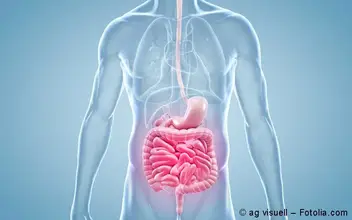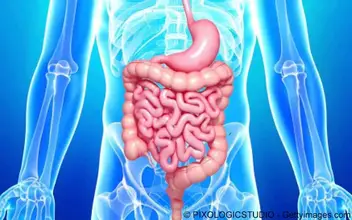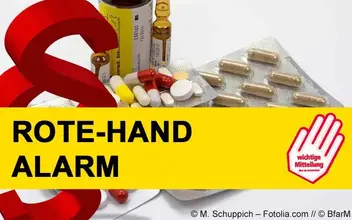ESMO GI 2022: Rektum-Ca – Nicht die Lymphknoten sind entscheidend
Der Nodalstatus gilt seit langem bei Krebserkrankungen als wesentlich für die Prognose. Beim Staging des Rektumkarzinoms ist die Beurteilung im MRT allerdings schwierig. Rektumkarzinome scheinen auch weniger über Lymphknoten zu metastasieren als über Blutgefäße.

Liebe Leserin, lieber Leser,
der Inhalt dieses Artikels ist nur für medizinische Fachkreise zugelassen. Wenn Sie zu diesen Fachkreisen gehören, melden Sie sich bitte auf unserer Seite an. Sie werden dann automatisch auf die gewünschte Seite weitergeleitet.
Quelle:
- Professor Dr. Gina Brown: „MRI: New Data and Learnings in Rectal Cancer“, 1. Juli 2022, ESMO World Congress on Gastrointestinal Cancer 2022.
- Smith NJ, Barbachano Y, Norman AR et al. (2008): Prognostic significance of magnetic resonance imaging-detected extramural vascular invasion in rectal cancer. British Journal of Surgery. DOI: 10.1002/bjs.5917.
- Märkl B, Rößle J, Arnholdt HM et al. (2012) The clinical significance of lymph node size in colon cancer. Modern Pathology. DOI: 10.1038/modpathol.2012.92
- Chand M, Evans J, Swift RI et al. (2015) The prognostic significance of postchemoradiotherapy high-resolution MRI and histopathology detected extramural venous invasion in rectal cancer. Annals of Surgery. DOI: 10.1097/SLA.0000000000000848
- Patel UB, Brown G, Machado I et al. (2017): MRI assessment and outcomes in patients receiving neoadjuvant chemotherapy only for primary rectal cancer: long-term results from the GEMCAD 0801 trial. Annals of Oncology. DOI: 10.1093/annonc/mdw616.
- Lord AC, Moran B, Abulafi M et al. (2020) Can extranodal tumour deposits be diagnosed on MRI? Protocol for a multicentre clinical trial (the COMET trial). British Medical Journal Open. DOI: 10.1136/bmjopen-2019-033395.
Anzeige











